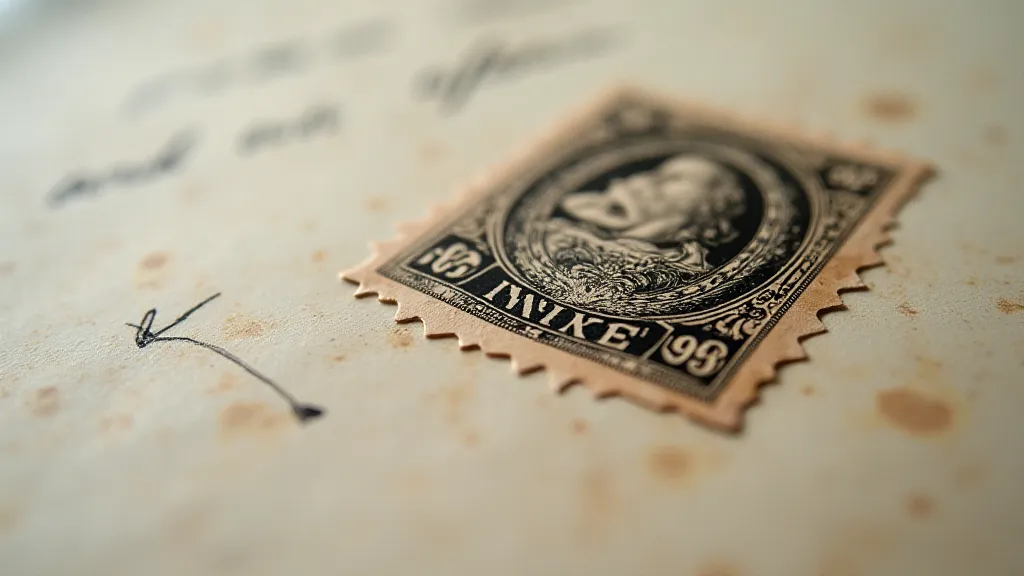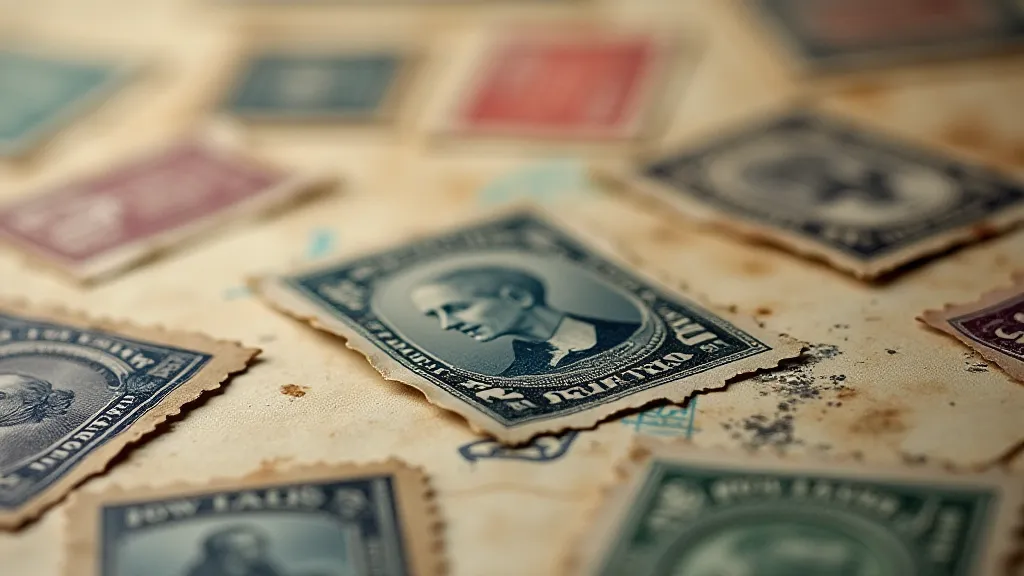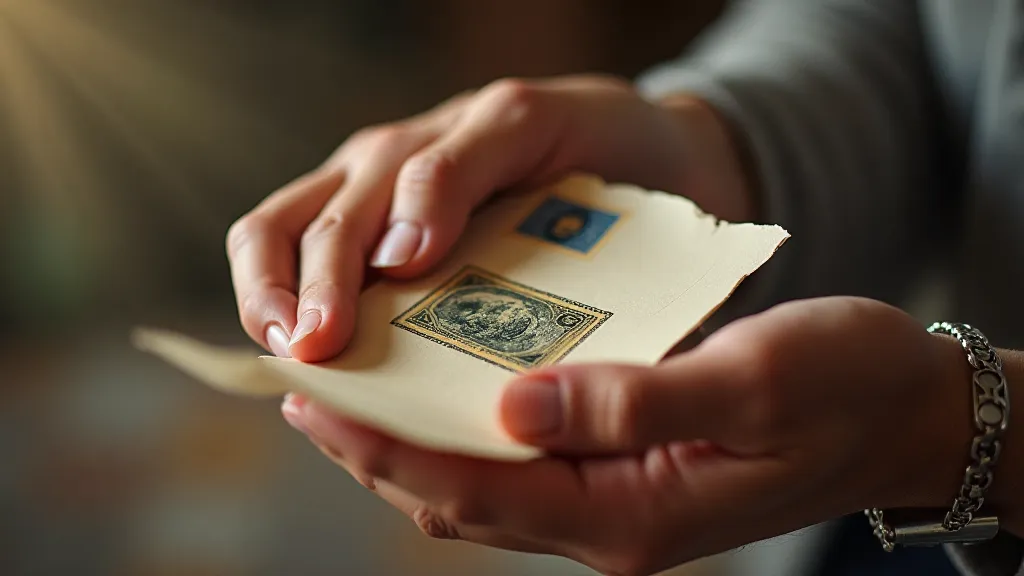The Ghost Ships of the Post: Unearthing Narrative in Obsoleted Postage
The scent of aged paper, the delicate crackle as you unfold it – these are sensations inseparable from the world of vintage stamps. But for the true philatelist, it’s not just about the vibrant colors or intricate designs. It’s about the stories they whisper, the histories they carry. Discontinued or withdrawn postage stamps, those “ghost ships of the post,” offer a particularly potent glimpse into bygone eras, subtly narrating forgotten policies, defunct empires, and the ephemeral nature of national identity. They are, in essence, miniature historical artifacts, more than mere adhesive.
My own journey into this fascinating hobby began, as so many do, with a box of inherited treasures. My grandfather, a quiet man of routine and meticulous detail, had been a stamp collector. The box was a chaotic jumble, a testament to decades of patient acquisition. Among the more common commemoratives, I found them: stamps bearing faded designs, printed in unusual shades, with odd cancellations – stamps no longer in circulation, their stories waiting to be rediscovered. One, a scarlet 1890 Cape of Good Hope triangular, felt different. It wasn't just the rarity; it was the weight of history it seemed to hold.

The Silent Narratives Within the Adhesive
These obsolete stamps don’t shout their stories; they murmur them. Consider the plethora of stamps issued by former colonial powers, each a silent monument to an empire's reach. A stamp from British Guiana, a vibrant depiction of a tropical landscape, isn’t just a postal convenience; it's a tangible link to a period of significant political and economic control, a visual echo of a time when distant lands were governed from afar. Similarly, stamps from Austria-Hungary, with their intricate heraldry and diverse language inscriptions, tell a tale of a sprawling multi-ethnic empire teetering on the brink of collapse.
Beyond imperial echoes, even seemingly innocuous stamps can reveal surprising insights. A small denomination from pre-revolution Russia might depict a scene of rural life – a bucolic image masking the undercurrents of social unrest that would soon erupt. A commemorative issue from Weimar Germany, intended to celebrate a national achievement, stands as a poignant reminder of a nation struggling with hyperinflation and political instability. The cancelled postmarks, often overlooked, become part of the story – revealing the routes mail traveled, the towns and cities touched by these tiny messengers.
Craftsmanship and the Art of Disappearance
The beauty of these vintage stamps goes beyond their historical significance. They represent a level of craftsmanship rarely seen today. In the era of mass production, stamps were often engraved, utilizing skills passed down through generations of artisans. The detail in the engraving – the minute rendering of foliage, the subtle shading of a portrait – is truly remarkable. The paper itself was often hand-laid, contributing to the stamp's unique texture and character.
The process by which a stamp becomes obsolete is often as fascinating as its history. Changes in postal rates, political upheavals, the adoption of new designs – all can lead to a stamp's withdrawal from circulation. Some stamps were deliberately withdrawn due to printing errors or political sensitivities. Others simply became redundant as postal systems evolved. The rarity of these withdrawn stamps is a direct consequence of their brief existence – a poignant reminder of the impermanence of things.

Preservation and Respecting the Past
Handling vintage stamps requires a delicate touch. Their fragility is a constant reminder of their age and the importance of preservation. Acid-free albums and hinges are essential for protecting stamps from damage. Moisture and direct sunlight are enemies of the philatelist. While restoring damaged stamps is a tempting prospect, it's often best to leave them as they are – imperfections and all – allowing their history to remain visible. Attempting to "perfect" a stamp can often diminish its value and authenticity.
Beyond the monetary value, however, lies a deeper responsibility – a responsibility to respect the past. Each stamp is a tiny fragment of history, a tangible link to a time long gone. As collectors, we are custodians of these fragments, entrusted with preserving them for future generations. It's not merely about accumulating objects; it’s about understanding the stories they tell, appreciating the craftsmanship involved in their creation, and acknowledging the historical context in which they existed.
The Thrill of the Hunt and the Joy of Discovery
The hunt for obsolete stamps can be as rewarding as the discovery itself. Flea markets, antique shops, and online auctions are all potential sources of treasures. The thrill of finding a rare and unusual stamp, a tangible link to a forgotten chapter of history, is an experience unlike any other. It’s a detective story, piecing together clues from postmarks and designs, unraveling the narrative embedded within the adhesive.
For me, the most profound moments in philately are not those involving expensive or rare stamps, but those that reveal unexpected connections – a stamp that evokes a memory, a design that sparks a new understanding, a cancellation that tells a silent story. It’s about slowing down, appreciating the details, and recognizing the human element behind the printed image. It's about understanding that even the smallest, most seemingly insignificant objects can hold within them a universe of history, waiting to be unearthed.

The ghost ships of the post may be silent, but they speak volumes. They are a reminder that history is not just found in textbooks and museums; it's embedded in the everyday objects that surround us, waiting to be rediscovered by those who take the time to look – and to listen.





